Insinkerator Garbage Disposal Troubleshooting: Easy Fixes & Tips
Is your Insinkerator garbage disposal giving you trouble? Don’t worry, you’re not alone.
Many homeowners face issues with their garbage disposals from time to time. Garbage disposals are a handy kitchen appliance, but like any device, they can encounter problems. Whether it’s a jam, a clog, or an unpleasant smell, these issues can be frustrating.
Understanding the basics of troubleshooting can save you time and money. In this guide, we will walk you through common problems and simple solutions. By the end, you’ll know how to keep your Insinkerator running smoothly and efficiently. Let’s dive in and tackle those pesky disposal problems together.
Common Issues
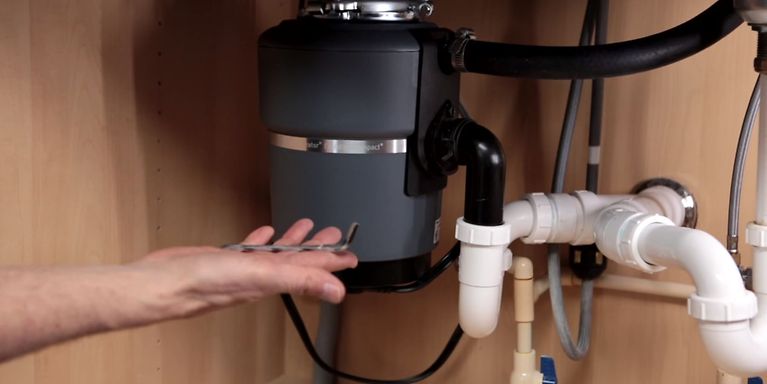
Garbage disposals are handy kitchen appliances. But they can sometimes act up. Understanding common issues can help you troubleshoot effectively.
Unit Won’t Turn On
If your Insinkerator garbage disposal won’t turn on, it can be frustrating. Check if the unit is plugged in. Sometimes, the power cord gets loose. Ensure the outlet is working. You can test it with another device. If the outlet is fine, press the reset button on the unit. The reset button is usually red and located at the bottom of the disposal. If the unit still won’t turn on, check the circuit breaker. It may have tripped and needs resetting.
Strange Noises
Strange noises from your garbage disposal can be alarming. A common cause is a foreign object stuck in the unit. Turn off the disposal and use tongs to remove any visible objects. Avoid using your hands to prevent injury. If the noise persists, the blades might be damaged. Worn-out blades can cause grinding noises. In this case, it might be necessary to replace the blades or the entire unit. Regular maintenance can prevent these issues.
Safety Precautions
When troubleshooting your Insinkerator garbage disposal, safety should be your top priority. Following proper safety precautions can prevent injuries and ensure a smooth repair process. This section covers essential safety steps to take before you start working on your garbage disposal.
Power Off Procedures
Before working on your garbage disposal, make sure it is completely powered off. This is crucial to avoid any accidental activation of the unit.
- Locate the circuit breaker that controls the garbage disposal.
- Switch off the circuit breaker to cut power to the unit.
- Double-check that the unit is off by attempting to turn it on at the switch.
- Ensure the disposal is not connected to any power source.
Turning off the power prevents any electrical mishaps.
Protective Gear
Wearing the right protective gear is important for your safety. This reduces the risk of injury while working on your garbage disposal.
- Rubber gloves: Protects your hands from sharp objects and grime.
- Safety goggles: Shields your eyes from debris and splashes.
- Work apron: Keeps your clothes clean and adds an extra layer of protection.
Using protective gear is a simple way to stay safe.
Always follow these safety measures to avoid injuries. Remember, safety first!
Resetting The Unit
Experiencing a sudden halt in your Insinkerator garbage disposal can be frustrating. A simple reset can often resolve the issue. This guide will walk you through the steps to reset your unit, ensuring it runs smoothly again.
Locating The Reset Button
The reset button is usually red and located at the bottom of the unit. You may need a flashlight to see it clearly. Here is a table to help you locate the button on different models:
| Model | Reset Button Location |
|---|---|
| Badger 5 | Bottom center |
| Evolution Compact | Near the base |
| Compact 3/4 | Bottom right |
Steps To Reset
Follow these simple steps to reset your Insinkerator garbage disposal:
- Turn off the power switch. This is important for your safety.
- Locate the reset button as described above.
- Press the reset button firmly. Hold it for about 10 seconds.
- Release the button. Wait a few minutes.
- Turn the power switch back on.
- Run cold water in the sink.
- Turn on the garbage disposal to check if it works.
These steps should resolve most minor issues. For more persistent problems, consult a professional.
Clog Removal
Clog removal in an Insinkerator garbage disposal can seem daunting. But with the right guidance, you can fix it yourself. This section will guide you through identifying and safely removing clogs.
Identifying Clogs
First, check if the garbage disposal is draining slowly. Slow drainage often indicates a clog. Listen for unusual noises. Grinding or humming sounds can signal a blockage. Check for food or debris buildup in the sink. These signs point to a clog needing removal.
Safe Removal Methods
Always ensure the disposal is off before starting. Never use your hands to reach inside. Use tongs or pliers to remove visible debris. For deeper clogs, use a disposal wrench or a broom handle. Insert it into the disposal and twist to dislodge the blockage. Run cold water while operating the disposal to clear any remaining debris.
Leak Fixes
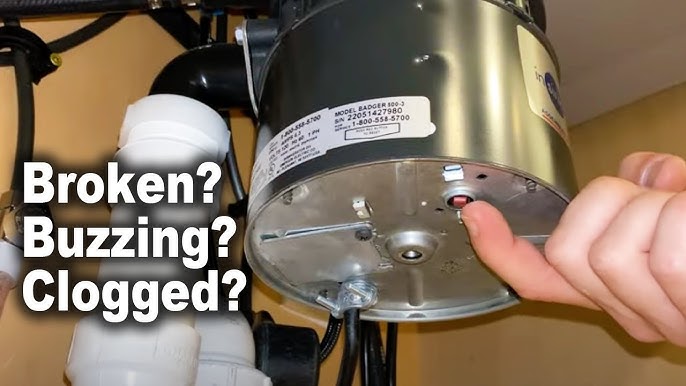
Experiencing leaks in your Insinkerator garbage disposal can be frustrating. Identifying and fixing leaks helps maintain a clean and functional kitchen. There are several common causes of leaks that you can address yourself. This section will guide you through checking seals and tightening connections.
Checking Seals
First, inspect the seals around your garbage disposal. These seals can wear out over time. Look for cracks or signs of wear on the rubber gasket between the sink and the disposal unit. If the gasket is damaged, you will need to replace it.
Next, check the seal around the dishwasher drain hose. A loose or cracked seal here can also cause leaks. Ensure the seal is tight and in good condition. If it appears worn, replace it with a new one. This simple step can often stop leaks.
Tightening Connections
Loose connections are another common cause of leaks. Start by checking the mounting assembly. Ensure that the mounting bolts are tight. Use a wrench to tighten them if necessary.
Inspect the connections between the disposal and the drain pipe. These connections can loosen over time. Tighten any loose nuts using a pipe wrench. Also, check the connection between the disposal and the dishwasher drain hose. Make sure the clamp is secure.
By following these steps, you can often fix leaks yourself. Regular maintenance and inspection can prevent future issues. Keeping your Insinkerator garbage disposal in good working order ensures a hassle-free kitchen experience.
Jammed Disposal
Dealing with a jammed Insinkerator garbage disposal can be frustrating. The appliance may make a humming noise or stop working entirely. Understanding the causes and solutions can help you fix the problem quickly. This section will provide insights into the common causes of jams and how to use a wrench to resolve them.
Causes Of Jams
Several items can jam your garbage disposal. Bones, fruit pits, and fibrous vegetables like celery can cause blockages. Grease and fat can also create clogs by solidifying inside the disposal. Foreign objects like utensils may accidentally fall into the disposal, leading to jams.
Using A Wrench
To fix a jammed disposal, you can use a hex wrench. Most Insinkerator units come with a small wrench designed for this purpose. First, turn off the power to the garbage disposal to ensure safety. Insert the wrench into the hole at the bottom of the unit. Turn the wrench back and forth to dislodge the jam.
If the jam persists, use pliers to remove any visible debris. Reconnect the power and test the disposal. If it still doesn’t work, consult a professional for further assistance.
Cleaning Tips
Keeping your Insinkerator garbage disposal clean is crucial for its longevity and efficiency. A clean disposal also helps in preventing unpleasant odors. Here, we provide some effective cleaning tips to maintain your garbage disposal in top shape.
Routine Cleaning
Routine cleaning is essential to keep your Insinkerator garbage disposal running smoothly. Simply run cold water through the disposal after each use. This helps remove small food particles that might stick inside.
Adding ice cubes and a bit of dish soap once a week can also help. Turn on the disposal and let the ice grind away any debris. The soap will help in cutting through any grease build-up. This simple method keeps your disposal clean and odor-free.
Deep Cleaning Techniques
For a deeper clean, you can use baking soda and vinegar. Pour half a cup of baking soda into the disposal. Follow it with a cup of vinegar. Let the mixture fizz and sit for a few minutes. Then, rinse with hot water to wash away all residues.
Another deep cleaning method involves using a brush. Disconnect the power to the disposal first. Use a stiff brush to scrub the inner parts thoroughly. Reach all the nooks and crannies to remove any stuck food particles. This will ensure a thorough clean.
Regular deep cleaning ensures that your Insinkerator garbage disposal functions efficiently. It also helps in maintaining a fresh and hygienic kitchen environment.
Maintenance Advice
Maintaining your Insinkerator garbage disposal ensures it runs smoothly. Regular care prevents common issues and extends its lifespan. Below are some maintenance tips for your Insinkerator garbage disposal.
Regular Inspections
Perform regular inspections of your garbage disposal. Check for any visible damage. Look for leaks around the unit. Listen for unusual noises during operation. These signs can indicate potential problems. Addressing them early prevents bigger issues.
Long-term Care
Long-term care is crucial for your disposal’s longevity. Clean your disposal monthly. Use a mixture of ice and rock salt. This helps remove buildup and sharpens the blades. Avoid putting hard items down the disposal. Bones and metal can cause damage. Also, avoid pouring grease down the drain. Grease can solidify and clog the pipes.
Run cold water during and after use. This helps flush debris and maintain the motor. Occasionally, use a disposal cleaner. These products remove odors and keep the unit fresh. Follow the manufacturer’s instructions for best results. Regular care ensures your Insinkerator garbage disposal runs efficiently for years.
When To Call A Professional
Sometimes, your Insinkerator garbage disposal may face problems that need a professional. You might be able to fix minor issues yourself. But there are times when calling an expert is the best choice. Knowing when to call can save time and prevent further damage.
Identifying Major Issues
Some issues are too big for a DIY fix. If your garbage disposal won’t turn on, it could be an electrical problem. Strange noises, like grinding or rattling, could mean a part is broken. Frequent clogs or slow draining might signal a deeper issue in the plumbing. These problems often need professional attention.
Choosing A Reliable Technician
Finding the right technician is important. Look for someone with good reviews and proper certification. Ask friends or family for recommendations. Check if the technician offers a warranty on their work. This shows they stand by their service. A reliable technician will diagnose and fix the problem efficiently.
Frequently Asked Questions
How To Reset An Insinkerator Garbage Disposal?
To reset, press the red button on the bottom of the unit.
What Causes An Insinkerator To Stop Working?
Possible causes include a jam, power issue, or overload. Check for clogs and reset.
How To Unclog An Insinkerator Garbage Disposal?
Turn off the unit, use a wrench to turn the blades manually. Clear any blockages.
Why Is My Insinkerator Making A Humming Noise?
Humming usually means a jammed impeller. Turn off and use a wrench to free it.
How To Fix A Leaking Insinkerator Garbage Disposal?
Check for loose connections, damaged seals, or cracked unit parts. Tighten or replace as needed.
Conclusion
Troubleshooting your Insinkerator garbage disposal can be straightforward with these tips. Always start by checking the basics like power and clogs. Use the reset button to fix minor issues. For persistent problems, consider professional help. Regular maintenance helps prevent future issues.
Keep your disposal clean and free of hard objects. Proper care ensures a longer lifespan for your unit. Save time and stress by following these simple steps. Happy troubleshooting!

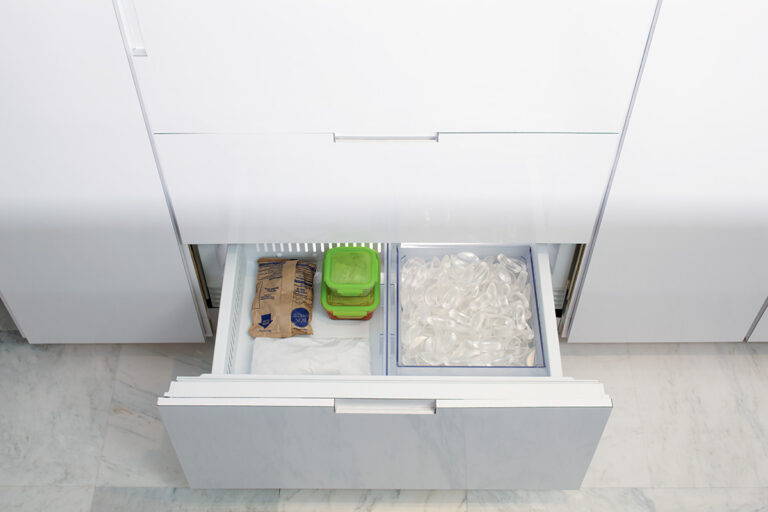
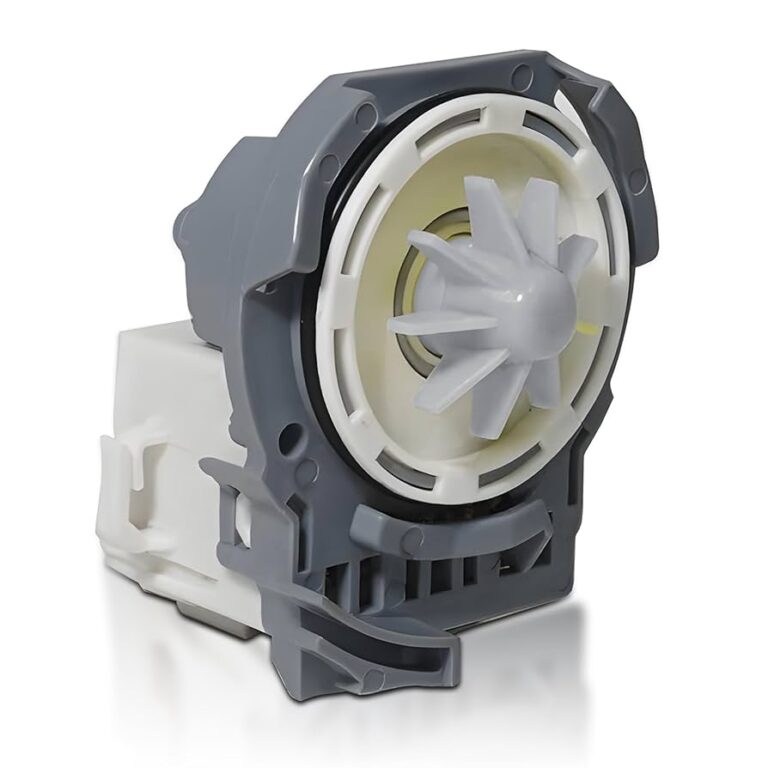
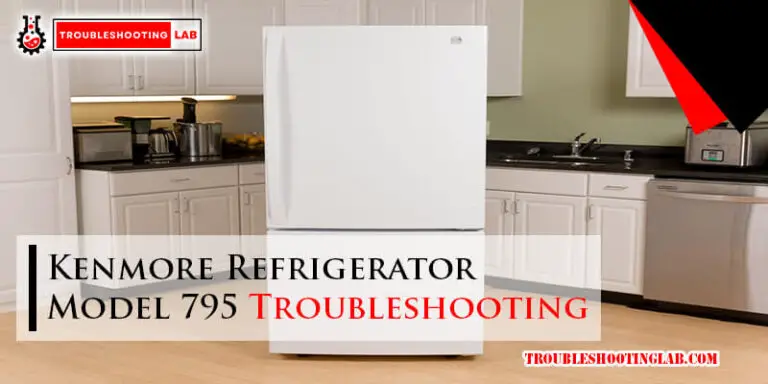
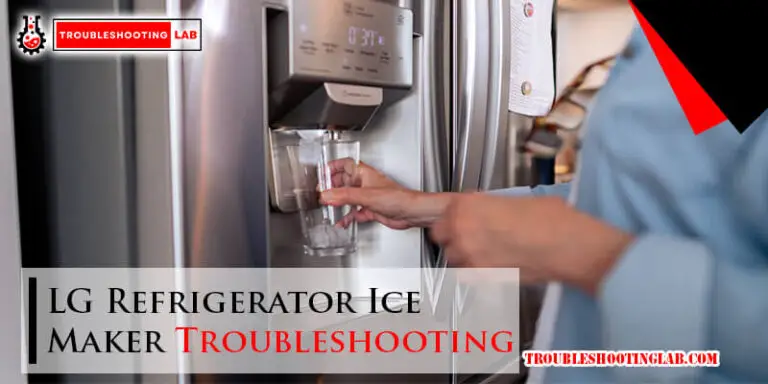

my model 46 insinkerator trips the power when the air switch is pressed. The unit is not jammed as i checked that
Thanks for reaching out! If your Model 46 trips power when the air switch is pressed (and it’s not jammed), it’s likely an electrical or moisture issue. Try these safe checks:
For more help, see our full Insinkerator Garbage Disposal Troubleshooting guide. Let me know if this helps or if you want a step-by-step walkthrough.